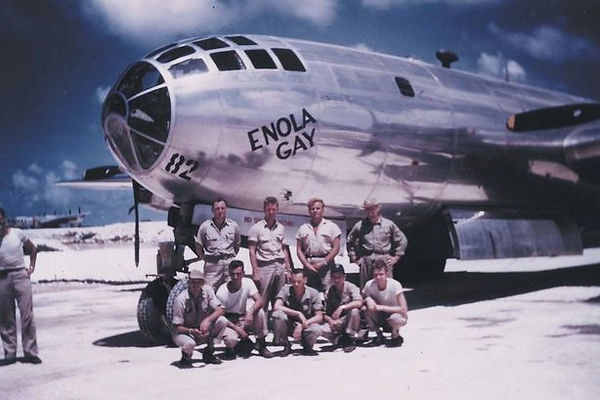MON
Monica Meng
Famous Project
1. Spirit of St. Louis
Modified from a single-engine airplane (high-wing Ryan M-2) the Spirit of St. Louis was designated to successfully fly nonstop from New York to Paris in order to receive businessman Raymond Orteig's 1919 offer of $25,000.
Great modifications have been applied to the Ryan M-2 model; the fuselage and the wingspan was stretched, additional fuel tanks was added, and the main fuel tank was transfered in front of the pilot as opposed to behind him.
In the end, Charles Lindbergh, the man that took on this challenge, was able to take off his historic flight on May 20 and become the first man to fly non-stop from New York to Paris.

2. Apollo 11
Although there has been many controversial ideas as of its successful lunar landing, Apollo 11 is indeed one of the most famous aircraft designed by NASA. The aircraft's objective was to achieve a national goal set by President John F. Kennedy in 1961: to perform a successful lunar landing and return to Earth with astronaults inside.
The key to the success of this project was directly related to the landing process; it took the aircraft two hours, 44minutes and one-and-a-half revolutions after launch to enter the translunar orbit. This stage had to be percisely calculated by the engineers for the landing to become successful.

3. Wright Flyer
The revoluntionary machine, Wright Flyer, was known to be the first to achieve powered flight in the world history.
The canard biplane was set within a wooden airframe and fabric-covered wings; it was powered by a four-cylinder, 12-horsepower engine, which enabled the two wooden pusher-propellers to rotate in opposite directions.

4. Blériot XI
The Blériot XI was the first airplane to cross the English Channel and win the cash-prize offered in October 1908 by Lord Northcliffe, the publisher of the Daily Mail of London, England.
Different than most airplanes in the 1900s, the airplane used a monoplane design with a 25-horsepower Anzani engine, which was mounted up front. The Blériot XI crash landed at Dover and never flew again after completing its first and last mission to cross the English Channel.


5. Enola Gay
The Enola Gay was the first airplane to drop an atomic weapon on August 6, 1945, when it bombed Hiroshima during the World War II.
Built among 14 other "Silverplate" B-29s in Nebraska with modifications to deliver atomic weapons, the Enola Gay was personally selected by Tibbets (the pilot of this mission) while it was still on the production line.
Due to its significant impact towards Japan's surrender during World War II, the Enola Gay was sent on a permanent display at the Smithsonian's Steven F. Udvar-Hazy Center in Virginia, US (which still lasted until nowadays).